
 Tomb of Plautius
Tomb of Plautius Torch Holder, Palazzo Strozzi, Florence (2)
Torch Holder, Palazzo Strozzi, Florence (2) Torch Holder, Palazzo Strozzi, Florence
Torch Holder, Palazzo Strozzi, Florence A Doge of Venice (2)
A Doge of Venice (2)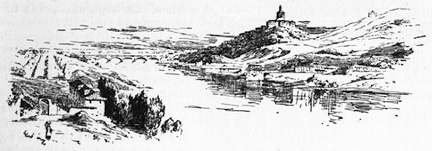 Turin
Turin Venice from San Giorgio
Venice from San Giorgio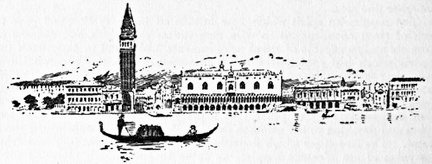 Venice
Venice Victor Emmanuel II
Victor Emmanuel II Well near the Piazza dei Signori, Verona
Well near the Piazza dei Signori, Verona A Doge of Venice
A Doge of Venice A Doorway of St. Mark’s, Venice
A Doorway of St. Mark’s, Venice A Florentine Citizen of the Fourteenth Century
A Florentine Citizen of the Fourteenth Century A Florentine Merchant
A Florentine Merchant A Florentine Nobleman of the Fourteenth Century
A Florentine Nobleman of the Fourteenth Century A Florentine of the Fifteenth Century
A Florentine of the Fifteenth Century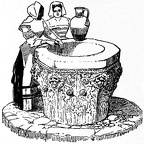 A Florentine Well Head, Fourteenth Century
A Florentine Well Head, Fourteenth Century A Florentine of the Upper Classes, Fourteenth Century
A Florentine of the Upper Classes, Fourteenth Century A Florentine, Fifteenth Century
A Florentine, Fifteenth Century A Florentine, Fourteenth Century
A Florentine, Fourteenth Century A German Officer, Twelfth Century
A German Officer, Twelfth Century A Lombard Ambassador
A Lombard Ambassador A Magistrate of Florence
A Magistrate of Florence A Magistrate of Venice
A Magistrate of Venice A Musketeer of the Early Seventeenth Century
A Musketeer of the Early Seventeenth Century A Norman Matron of the Twelfth Century
A Norman Matron of the Twelfth Century A Norman Monk of the Twelfth Century
A Norman Monk of the Twelfth Century A Norman Warrior of the Twelfth Century
A Norman Warrior of the Twelfth Century A Peasant Costume
A Peasant Costume A Slavonian of the Tenth Century
A Slavonian of the Tenth Century A Thirteenth-century Knight in Armour
A Thirteenth-century Knight in Armour A Tuscan Officer
A Tuscan Officer A Venetian Beggar
A Venetian Beggar A Venetian General
A Venetian General A Venetian Naval Officer
A Venetian Naval Officer A Venetian Nobleman
A Venetian Nobleman A Venetian Senator
A Venetian Senator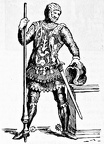 A Venetian Soldier, Twelfth Century
A Venetian Soldier, Twelfth Century A Venetian Statesman
A Venetian Statesman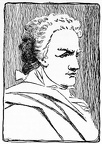 Alfieri
Alfieri Alfonso I
Alfonso I An Attendant of an Italian Prince.
An Attendant of an Italian Prince. An Italian Baron, Fifteenth Century
An Italian Baron, Fifteenth Century An Italian Bronze Knocker
An Italian Bronze Knocker An Italian Captain, Fifteenth Century
An Italian Captain, Fifteenth Century An Italian Captain, First Half of Sixteenth Century
An Italian Captain, First Half of Sixteenth Century An Italian Captain, Fourteenth Century
An Italian Captain, Fourteenth Century An Italian Knight, Fifteenth Century
An Italian Knight, Fifteenth Century An Italian Knight, Fourteenth Century
An Italian Knight, Fourteenth Century An Italian Nobleman, Thirteenth Century
An Italian Nobleman, Thirteenth Century An Italian Officer, Twelfth Centur
An Italian Officer, Twelfth Centur An Italian Officer, Twelfth Century
An Italian Officer, Twelfth Century An Italian of the Middle Class, Fifteenth Century
An Italian of the Middle Class, Fifteenth Century An Italian Peasant Woman
An Italian Peasant Woman An Italian Peasant, Close of the Eighteenth Century
An Italian Peasant, Close of the Eighteenth Century An Italian Peasant
An Italian Peasant An Italian Soldier of the Twelfth Century
An Italian Soldier of the Twelfth Century An Italian Soldier, Fourteenth Century
An Italian Soldier, Fourteenth Century Benitier, Siena Cathedral
Benitier, Siena Cathedral Boccaccio
Boccaccio Bridge of the Rialto, Venice
Bridge of the Rialto, Venice



